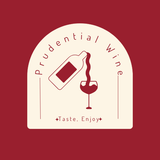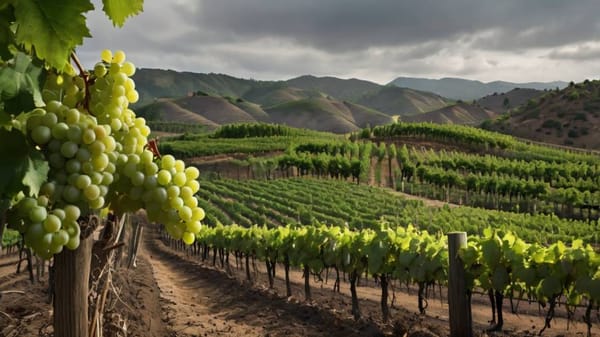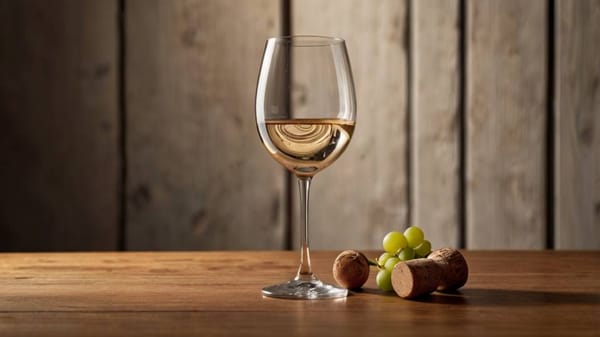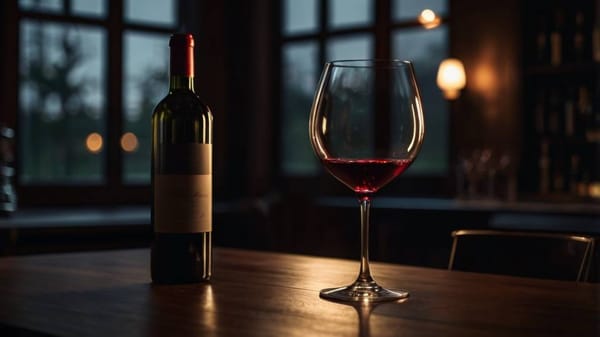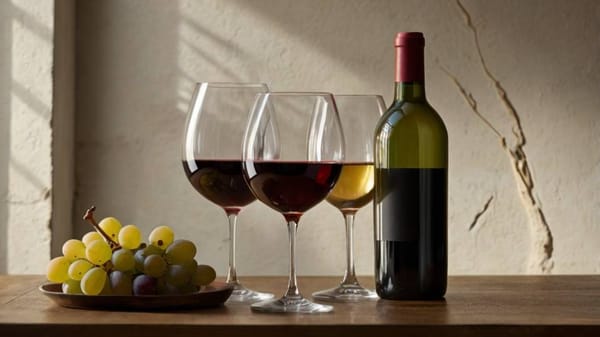How Long Should You Age Wine? (Hint: You Probably Don’t Need To)
Most wines aren’t meant to age. Learn how to spot the difference, drink with confidence, and explore wine like a pro—no cellar required.

Ever wondered if that bottle on your shelf actually gets better with time—or if waiting just waters down the magic? For new wine lovers, the idea of aging wine can feel both glamorous and confusing.
But here’s the truth: most wines are designed to shine the moment you pop the cork. Understanding when wine improves with age—and when it doesn’t—can help you drink smarter, waste less, and enjoy every sip with confidence.
What Does Aging Actually Do to Wine?
When wine ages, it changes in texture, aroma, and flavor. But aging doesn’t just “improve” wine—it evolves it. Sometimes that evolution is stunning. Sometimes, it’s disappointing.
Over time, tannins soften. Acidity rounds out. Primary fruit fades, giving way to more complex secondary and tertiary notes. Think less fresh plum, more dried fig.
Less citrus, more beeswax and toasted almond. In reds, those changes might bring savory depth: leather, tobacco, forest floor. In whites, you might get honeyed, nutty, or mineral tones that weren’t there before.
But here’s the reality: this transformation only happens if the wine is built to age. Without the right structure and balance, wine doesn’t evolve. It just declines—flattening out, losing energy, freshness, and vibrancy.
The best aged wines are like novels that reveal more with each reread. But most wines today are more like poetry—meant to hit you in the moment, then linger briefly before fading.
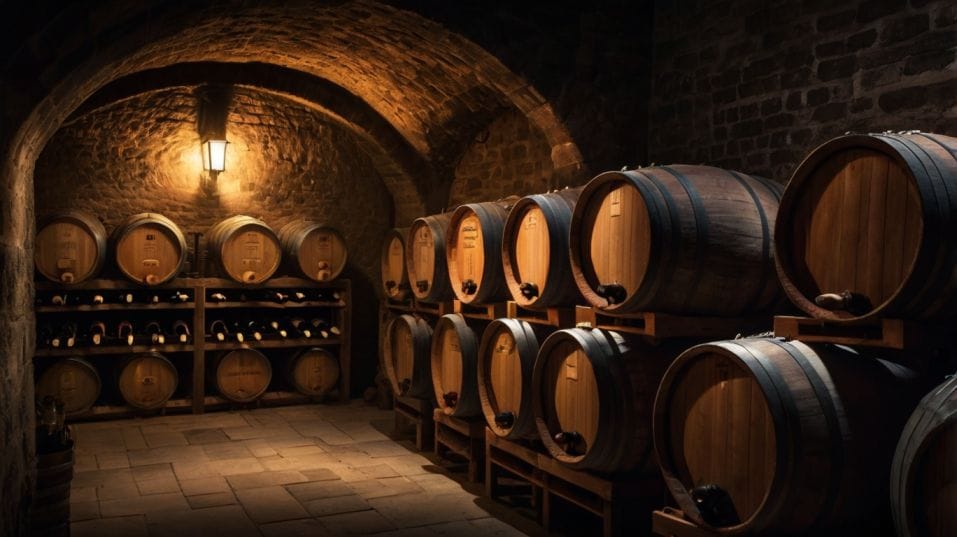
Why Most Wines Aren’t Made for Aging
Winemaking has changed. Technology, style preferences, and consumer habits have all evolved—and so has the timeline.
Today, the overwhelming majority of wines are made for early drinking. That doesn’t mean they’re simple or low quality. It means they’re balanced, expressive, and complete when released.
Wineries know that most bottles are opened within 48 hours of being purchased. That’s not an exaggeration. Winemakers design their wines accordingly.
They use techniques that bring out fruit early, round out tannins, and integrate flavors so that what you taste is polished and ready.
This is especially true in popular categories: California Cabernet, Pinot Noir from Oregon, Australian Shiraz, New Zealand Sauvignon Blanc, and almost every bottle under $50.
These wines are meant to taste great today. Trying to “improve” them with time often has the opposite effect.
So unless a wine is known to age well—and you know what to expect from that process—aging for the sake of aging is a waste of both wine and time.
Understanding the Structure Behind Age-Worthy Wines
So what actually makes a wine age-worthy? It comes down to structure and complexity—elements that act like architecture, holding the wine together over time. Here’s what matters:
Tannin
This natural compound (mostly from grape skins, seeds, and oak) gives red wines their grip and bitterness.
High tannin wines like Nebbiolo, Cabernet Sauvignon, or Tannat can feel firm and closed when young—but those tannins soften beautifully over time, revealing hidden layers.
Acidity
Acidity gives wine freshness, balance, and longevity. White wines with high acid—like Riesling, Chenin Blanc, or Chablis—can evolve gracefully for years, sometimes decades.
Fruit concentration
Wines that age well usually start with intense fruit character. That concentration is a buffer. As the fruit fades, what’s left behind needs to be compelling.
Balance
No single element should overwhelm. A wine with high tannin but no acid, or lots of oak but weak fruit, will fall apart rather than develop.
Complexity
Wines that hint at subtle flavors early on—herbs, florals, minerals, earth—tend to become more interesting with age. Simpler wines just become duller versions of themselves.
A wine that tastes perfect now likely is perfect now. Don’t assume more time automatically means more quality.
What Happens If You Age the Wrong Wine?
This is where the myth meets reality. Aging the wrong wine doesn’t give you depth—it gives you disappointment.
When a wine isn’t structured to age, here’s what can happen:
- The fruit fades first, leaving behind a hollow, bitter impression.
- The wine loses vibrancy and becomes flabby or flat.
- Aromas turn muted, stale, or oxidative—like bruised apple or cardboard.
- You open the bottle and think, “Did I miss the best moment?”
In most cases, you did. The wine peaked early, and you waited too long.
And this isn’t just about cheap wine. Even a $40 bottle can fall apart with time if it wasn’t made to age. Price isn’t a guarantee of aging potential—structure is.
How to Age Wine Intentionally (and Smartly)
If you’re truly curious about aging wine, start with a mindset of exploration—not prestige. You don’t need a dedicated cellar or a vintage tracker app to get started. You need a plan and some patience.
Store your wine somewhere dark and cool, away from vibration and light. A closet floor or a wine fridge is enough. Avoid temperature swings. Consistency matters more than perfection.
Choose wines that are known for aging: traditional Rioja, Barolo, white Burgundy, Sauternes, vintage Champagne. But don’t buy bottles just because someone told you they’ll be great in 15 years. Know why you want to age them.
Buy more than one bottle of a wine you’re curious about. Open the first within a few months. Take notes. Revisit the next in a year or two. Pay attention to how it changes. That’s how you build palate memory and learn what aging really does.
What to Do Instead of Aging
Here’s the better strategy for most wine lovers: learn to drink with more attention now.
You don’t need years in a cellar to appreciate nuance. You just need to slow down. Swirl. Sip. Let the wine sit in the glass and see what happens after 30 minutes.
Many wines “open up” with air the way they would with age. It’s like fast-forwarding time in the bottle.
You can also experiment with mini vertical tastings—comparing the same wine from two different vintages side by side.
Or buy a wine with a little age already on it (many shops carry back vintages) and compare it to a current release.
That will teach you more about aging than any textbook ever could. And when you find a bottle that’s absolutely singing today? Don’t save it. Celebrate it.
Final Thoughts
Aging wine isn’t the goal. Drinking well is. Most wines are crafted to be enjoyed young, with balance and expression built in.
Aging only makes sense when the wine, your palate, and your plan all align. Otherwise, you’re chasing an idea that doesn’t serve your experience.
So take the mystery out of aging. Focus on tasting better today. Try a structured red and track how it changes over a few hours. Open a bottle of crisp white and notice how acidity shapes the finish. Let curiosity—not convention—guide you.
Next time you buy wine, ask yourself: Am I buying this to understand it now, or to discover it later? Either answer is valid. But choose intentionally. Then pour a glass, taste slowly, and see where it takes you.
